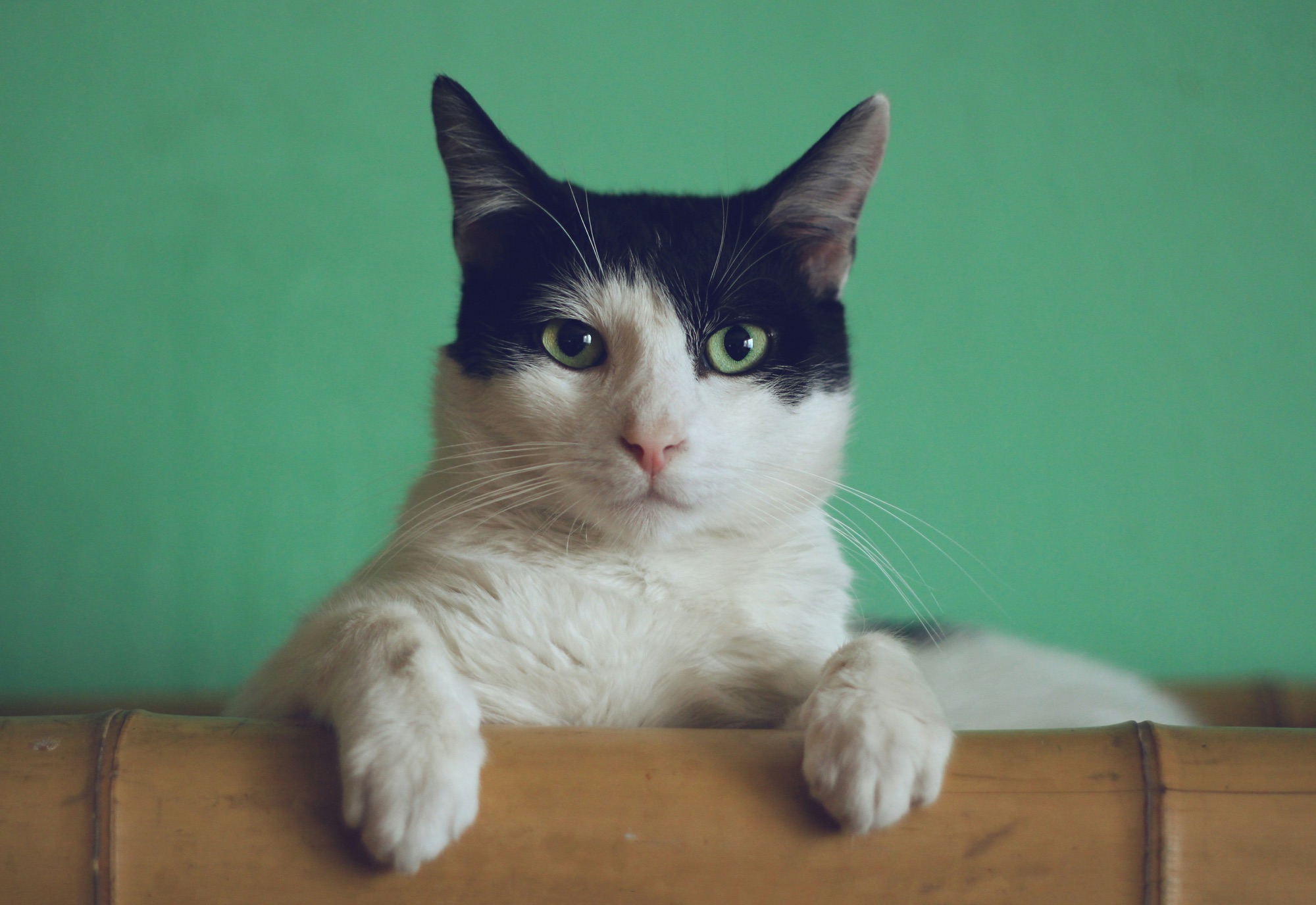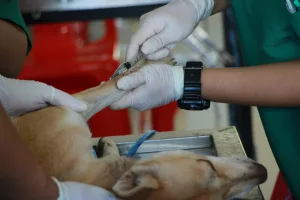Cats are well-known for their meticulous grooming habits, which often leads to the question: Do cats actually need to shower? Understanding the grooming needs of cats involves considering their natural habits, the role of baths in their health and hygiene, and the circumstances under which a bath might be necessary. Let’s delve into the details to better understand the bathing requirements for cats. Cats are equipped with tools that make them proficient self-groomers. Their tongues have tiny, hook-like structures called papillae that effectively remove dirt and loose fur, aiding in the spread of natural oils throughout their coat. These oils are crucial for maintaining coat health, providing a natural sheen, and offering some protection against moisture. Additionally, regular grooming helps cats to regulate their body temperature and reduce the amount of shedding. It also serves as a way for them to manage stress. Therefore, in most normal circumstances, cats do not require frequent baths and can maintain cleanliness on their own.
Health and Hygiene Considerations
While cats generally do not need regular showers, there are several health and hygiene situations where bathing a cat might become necessary:
Dirt and Substances
If a cat becomes particularly dirty or gets into a sticky or toxic substance that they cannot safely groom off themselves, a bath will be necessary. Examples include motor oil, paint, or hazardous chemicals. Imagine a cat exploring a garage and accidentally brushing against an open paint can. In such scenarios, immediate action is imperative to prevent the cat from ingesting harmful substances through grooming.
Medical Reasons
Certain medical conditions might require regular baths as part of the treatment plan. For instance, cats with dermatological issues or those prone to severe flea infestations might benefit from medicated baths prescribed by a veterinarian. Medicated baths can soothe irritated skin, reduce itchiness, and help treat infections. It’s akin to humans using special shampoos to treat dandruff or scalp conditions.
Overweight or Elderly Cats
Cats who are overweight or elderly may struggle to reach all areas of their body during grooming. In such cases, a caregiver might need to assist with regular bathing to help maintain hygiene. An overweight cat might have difficulty cleaning their lower back or tail base, leading to matting or skin issues if not properly addressed.
Long-haired Breeds
Cats with long hair, such as Persians or Maine Coons, may need occasional baths to prevent tangles and matting, which their regular grooming might not sufficiently manage. Long-haired breeds are like having a plush carpet; they look stunning but require extra care to maintain their beauty and health.
How to Bathe a Cat Safely
If you determine that your cat needs a bath, it’s important to do it correctly to ensure the safety and comfort of your pet. Here are some tips for bathing a cat:
Preparation
Ensure you have the right supplies such as a gentle cat-specific shampoo, a large cup for rinsing, and a towel. It’s also beneficial to have a non-slip mat in the sink or bathtub where you’ll bathe the cat. Having everything at arm’s reach prevents interruptions that can increase your cat’s stress levels.
Environment
Keep the environment calm and quiet to help reduce stress. Use lukewarm water and fill the sink or bathtub only to the level of the cat’s knees. Cats are sensitive to their surroundings, so playing soft music or ensuring the room is free from loud noises can be beneficial.
Bathing Process
Wet your cat gently from the neck down, avoiding the head. Apply shampoo and carefully massage it through their coat. Thoroughly rinse to ensure no shampoo residue remains, as it can irritate their skin. It’s similar to how humans might take care to rinse thoroughly after applying conditioner to avoid scalp irritation.
Drying
Wrap your cat in a towel and gently pat to absorb the water. Cats with long fur may require a hair dryer set on low heat, but ensure it is not too hot and that the noise does not scare them. A cat’s skin is more sensitive than human skin, so it’s crucial to be gentle and patient.
Post-Bath
Offer a treat and some cuddle time post-bath to help them calm down and associate the experience with positive outcomes. This can be a small piece of their favorite snack or extra playtime with a beloved toy. Positive reinforcement goes a long way in making future baths less traumatic.
Additional Tips for Successful Cat Bathing
Timing the Bath
Choose a time when your cat is naturally calm or tired, possibly after a play session. Cats are less likely to resist if they’re already in a relaxed state.
Claw Maintenance
Before bathing, it’s a good idea to trim your cat’s claws. This reduces the risk of scratches if your cat becomes agitated during the bath.
Using Professional Services
For those who find bathing their cat too challenging, professional grooming services can be a viable alternative. Groomers experienced with cats can ensure a safe and thorough bath, especially for breeds that need more frequent grooming.
The Psychological Aspect of Bathing Cats
Bathing can be a stressful experience for cats, largely because it is not a natural behavior for them. Cats have a strong sense of independence, and being submerged in water can make them feel vulnerable. Understanding this can help you approach the task with patience and empathy, making the process smoother for both you and your feline friend.
Case Studies: When Cats Need Baths
Consider the story of Oliver, a curious tabby who managed to tip over a can of motor oil in his owner’s garage. Covered in the slippery substance, Oliver’s owner knew that a bath was necessary to prevent ingestion and potential poisoning. With a calm environment and a gentle hand, Oliver was cleaned and comforted, showcasing the importance of timely intervention.
Another example is Bella, a senior Persian cat with arthritis. Bella struggled to groom herself effectively, leading to matting in her fur. Regular, gentle baths helped maintain her coat and skin health, providing her with comfort and cleanliness.
Common Mistakes and How to Avoid Them
- Using Human Shampoo: Cat skin has a different pH balance than human skin. Using human shampoo can cause irritation. Always opt for a cat-specific product.
- Rushing the Process: Cats are sensitive to stress. Take your time, and ensure you are gentle throughout the process.
- Improper Rinsing: Ensure all shampoo is thoroughly rinsed out to prevent skin irritation.
- Forgetting to Reward: Positive reinforcement post-bath can make future bathing experiences more manageable.
Understanding Your Cat’s Behavior
Cats often communicate their discomfort through body language. If your cat’s ears are flattened, tail is puffed, or they are vocalizing excessively, these are signs of stress. Recognizing these signs and pausing to soothe your cat can prevent the situation from escalating.
Alternatives to Bathing
For those seeking alternatives to traditional bathing, there are dry shampoos and waterless bathing wipes available. These can be particularly useful for quick clean-ups or for cats that are especially averse to water.
Final Thoughts
Most cats do not require frequent baths due to their effective natural grooming behaviors. However, specific circumstances like exposure to dirt or chemicals, certain health conditions, or challenges related to age or obesity might necessitate a bath. When bathing a cat, it is crucial to ensure the process is stress-free and suited to the specific needs of your feline friend to maintain their well-being and hygiene. Understanding the unique needs and behaviors of your cat will make the experience more pleasant for both of you. In the end, a clean cat is a happy cat, and maintaining their hygiene is an essential part of responsible pet ownership.




